It is a question that often comes to mind for travelers planning their first voyage at sea: can cruise ships sink? Despite the vast size of modern liners and their reputation for safety, the thought of being surrounded by miles of ocean can spark curiosity and even fear. The truth is that while no vessel is entirely unsinkable, cruise ships today are engineered to be remarkably safe. Through advanced design, international regulations, and highly trained crews, the risk of a cruise ship sinking is extraordinarily low.
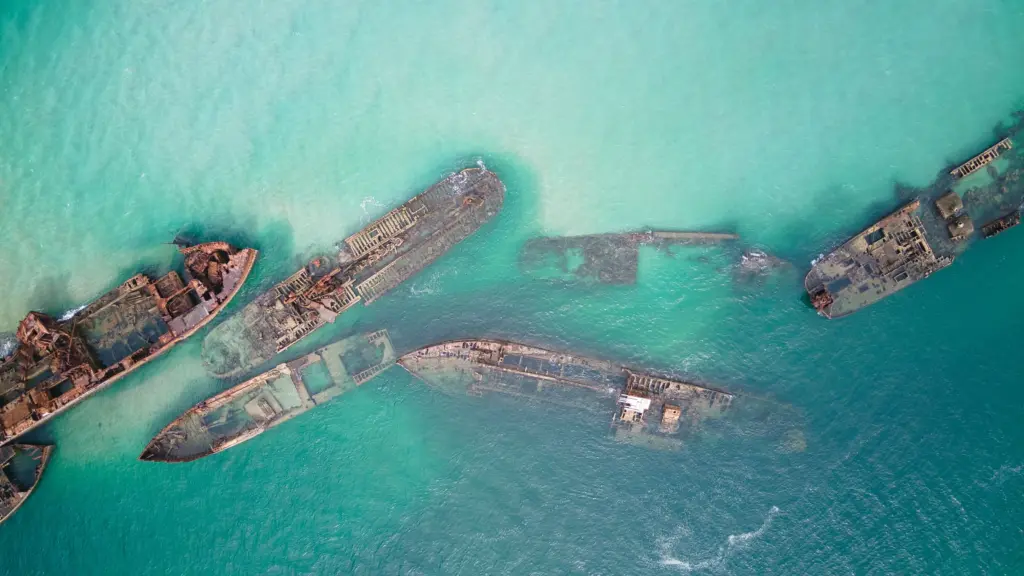
Modern Cruise Ship Design
Modern cruise ships are built with safety and stability as top priorities. They feature multiple watertight compartments, double hulls, and computer-monitored systems that detect and correct imbalances. Even in the event of damage to one section, the ship can remain buoyant and operational. According to the International Maritime Organization (IMO), each new vessel must meet strict construction standards that minimize risk. This redundancy ensures that even serious incidents rarely lead to total loss.
How Buoyancy Keeps Ships Afloat
The basic principle that keeps ships from sinking is buoyancy. A cruise ship displaces enough water to support its weight, allowing it to float. Designers use advanced modeling to ensure stability even when partially flooded. Weight distribution, ballast control, and hull shape all play critical roles. Asking can cruise ships sink means understanding how science and engineering work together to make these massive vessels stable even under challenging conditions.
Watertight Compartments and Safety Systems
One of the most important innovations in ship safety is compartmentalization. The hull is divided into multiple watertight sections that can be sealed independently. If one compartment floods, it does not compromise the entire vessel. Automatic sensors detect breaches, and pumps immediately remove water. This design principle has been mandatory since the early 20th century and continues to evolve with modern automation. These safeguards make complete sinkings nearly impossible under normal conditions.
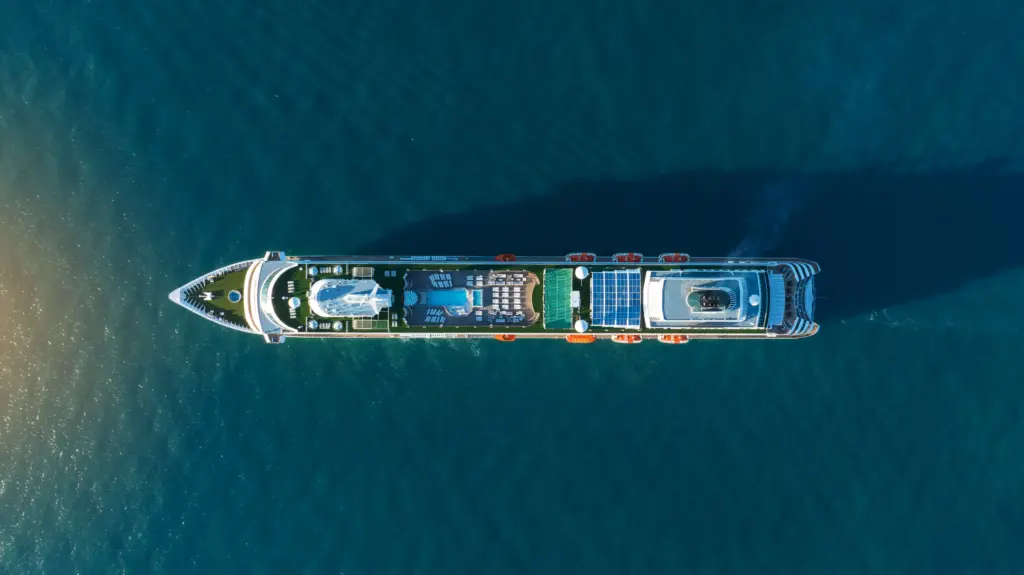
Common Causes of Maritime Accidents
In the rare cases when cruise ships encounter problems, causes often include weather, navigation errors, or mechanical failure. Even then, most incidents do not lead to sinking. Storms can delay or reroute ships, but weather forecasting technology helps captains avoid dangerous routes. Engine room fires or power loss can occur, but redundant systems and trained engineers ensure safety. The U.S. Coast Guard requires ships operating in U.S. waters to meet rigorous safety standards for power and navigation backup systems.
Historical Examples and Lessons Learned
While modern ships are incredibly safe, maritime history includes a few notable tragedies that shaped today’s standards. The Titanic’s 1912 sinking led to the establishment of the SOLAS (Safety of Life at Sea) convention. More recently, incidents like the Costa Concordia in 2012 highlighted the importance of evacuation training and situational awareness. Each event led to stricter rules and improved designs, ensuring the same mistakes are never repeated. This constant learning process explains why modern cruising has one of the best safety records in all of travel.
Technology and Navigation Advances
Today’s cruise ships operate as floating cities guided by satellite navigation, radar, sonar, and automated weather tracking. Computerized systems detect shallow waters, nearby vessels, and changing sea conditions long before they pose any danger. Redundant GPS networks ensure that even if one system fails, others continue functioning. These innovations make it increasingly difficult for human error or unforeseen events to lead to catastrophic outcomes.
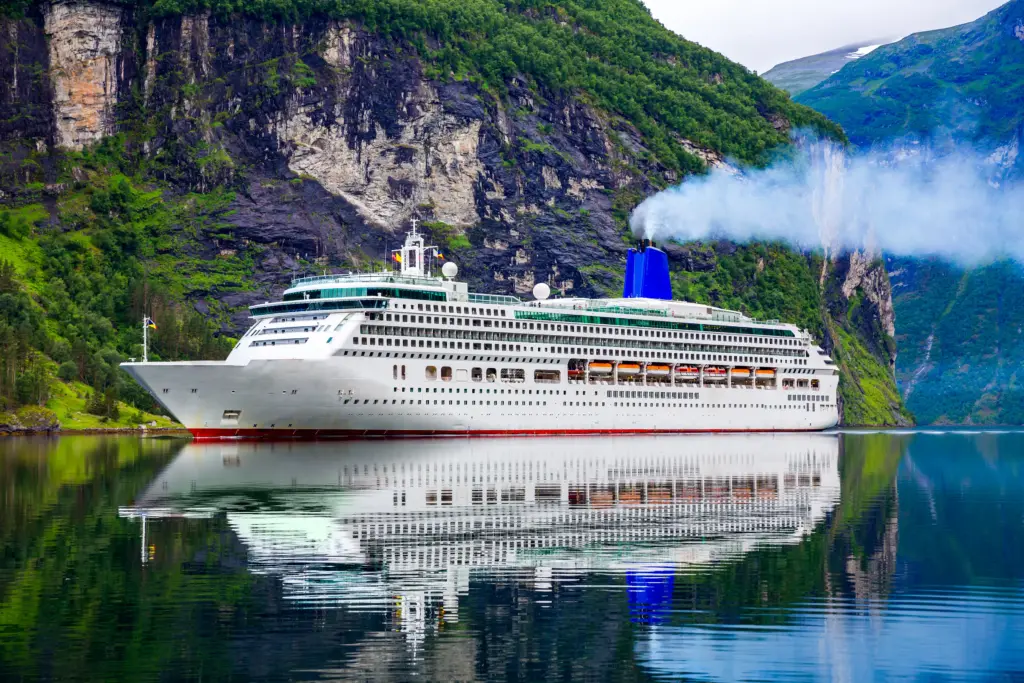
Crew Training and Emergency Preparedness
The competence of a ship’s crew is just as vital as its technology. Every officer and crew member undergoes extensive safety and evacuation training. Regular drills for fire, flooding, and medical emergencies ensure quick, coordinated responses. Passengers also participate in safety briefings before departure, learning where lifeboats, rafts, and muster stations are located. This preparedness is why, even when emergencies happen, casualties remain extremely low or nonexistent.
Evacuation Equipment and Lifeboats
All modern cruise ships carry enough lifeboats and life rafts for every passenger and crew member, plus additional capacity. The SOLAS regulations specify design, quantity, and placement for lifeboats to ensure quick deployment. Many vessels now feature enclosed, motorized lifeboats capable of operating independently for days. These measures eliminate the overcrowded, chaotic evacuations that plagued early 20th-century incidents.
Weather and Sea Conditions
Severe weather remains one of the few unpredictable elements at sea. Yet, thanks to satellite data and forecasts from the National Oceanic and Atmospheric Administration (NOAA), cruise lines can monitor storms and reroute well in advance. Ships rarely sail into hurricanes or typhoons, and modern stabilization systems minimize motion during rough seas. Even in turbulent weather, structural integrity and safety systems protect passengers and crew.
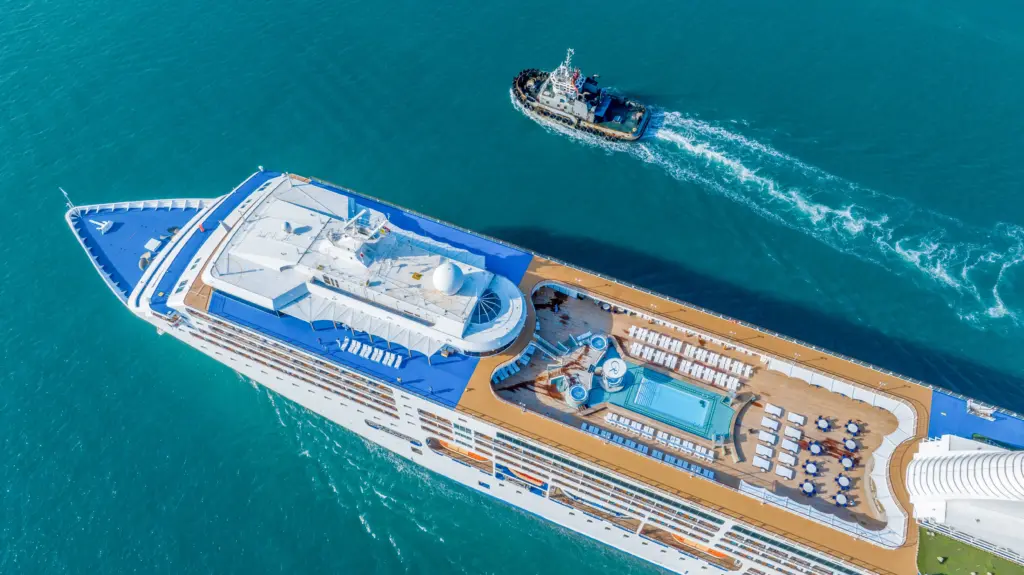
Fire and Flooding Prevention
Fire suppression systems, watertight doors, and automated pumps are installed throughout modern ships. These systems detect and control hazards before they spread. Heat sensors and infrared cameras provide real-time monitoring across thousands of compartments. Crews train regularly to contain any threat immediately. These layers of defense make it nearly impossible for a localized problem to escalate into a full-blown disaster.
Public Perception vs. Reality
High-profile news coverage can make cruise ship accidents seem more common than they are. However, compared to the millions of safe voyages completed annually, the number of serious incidents is negligible. When people ask can cruise ships sink, it is usually from fear rather than fact. In reality, modern vessels are so advanced that even significant damage would rarely lead to total loss.
Financial and Insurance Considerations
Large cruise companies maintain extensive insurance policies to cover mechanical issues, damage, or passenger claims. For smaller commercial or private operators, financial stability is just as crucial. Programs such as charter boat financing and best boat fleet financing help owners maintain and upgrade their fleets to meet evolving safety standards, ensuring both compliance and passenger confidence.
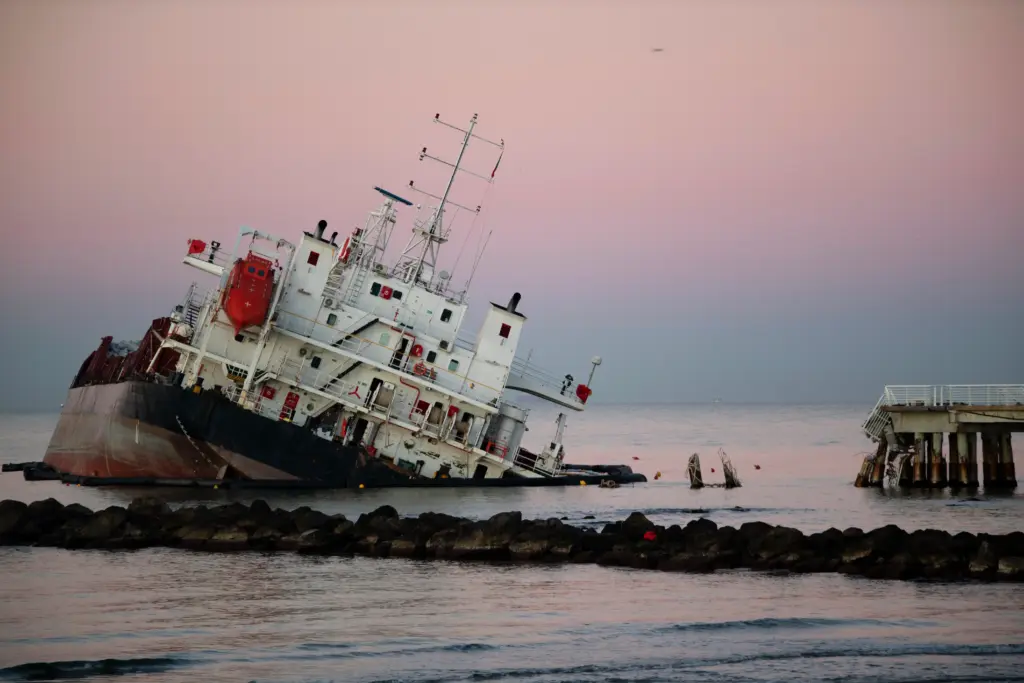
Conclusion
So, can cruise ships sink? Theoretically, yes, but the chances are incredibly slim. Modern design, advanced technology, and international safety standards have made these vessels among the safest forms of transportation in the world. The collaboration between engineers, regulators, and financial partners ensures that safety remains central to every voyage. With responsible investment and the right financial planning through Float Finance, the future of safe, enjoyable cruising remains as bright as the open sea itself.
